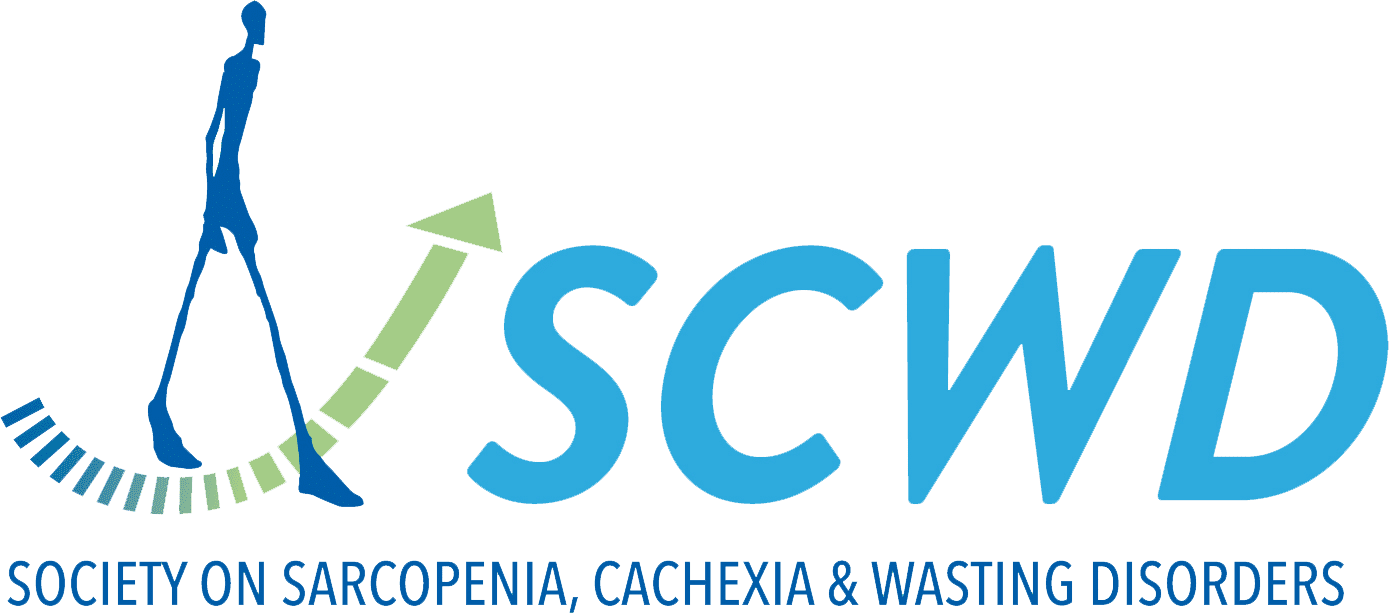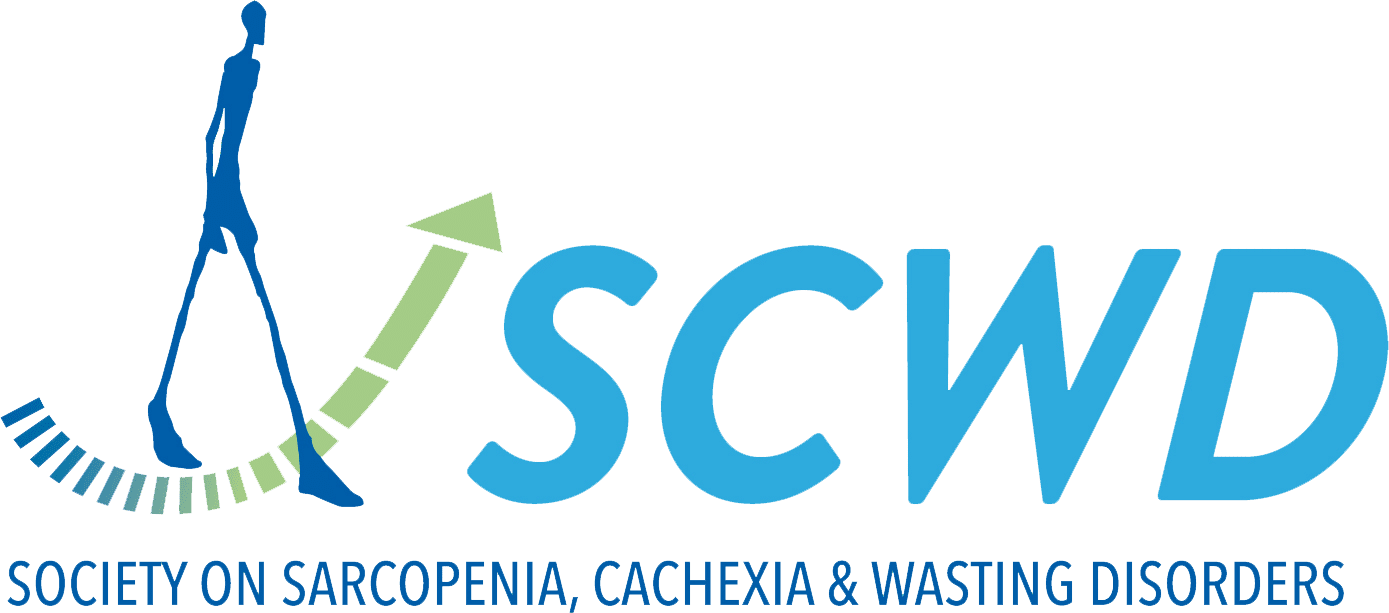👤 Authors: Marina Cefis, Vincent Marcangeli, Rami Hammad, Jordan Granet, Jean-Philippe Leduc-Gaudet, Pierrette Gaudreau, Caroline Trumpff, Qiuhan Huang, Martin Picard, Mylène Aubertin-Leheudre, Marc Bélanger, Richard Robitaille, José A Morais, Gilles Gouspillou
Impact of physical activity on physical function, mitochondrial energetics, ROS production, and Ca handling across the adult lifespan in men.
Aging-related muscle atrophy and weakness contribute to loss of mobility, falls, and disability. Mitochondrial dysfunction is widely considered a key contributing mechanism to muscle aging.
However, mounting evidence positions physical activity as a confounding factor, making unclear whether muscle mitochondria accumulate bona fide defects with aging. To disentangle aging from physical activity-related mitochondrial adaptations, we functionally profiled skeletal muscle mitochondria in 51 inactive and 88 active men aged 20-93.
Physical activity status confers partial protection against age-related decline in physical performance. Mitochondrial respiration remains unaltered in active participants, indicating that aging per se does not alter mitochondrial respiratory capacity.
Mitochondrial reactive oxygen species (ROS) production is unaffected by aging and higher in active participants. In contrast, mitochondrial calcium retention capacity decreases with aging regardless of physical activity and correlates with muscle mass, performance, and the stress-responsive metabokine/mitokine growth differentiation factor 15 (GDF15).
Targeting mitochondrial calcium handling may hold promise for treating aging-related muscle impairments.


